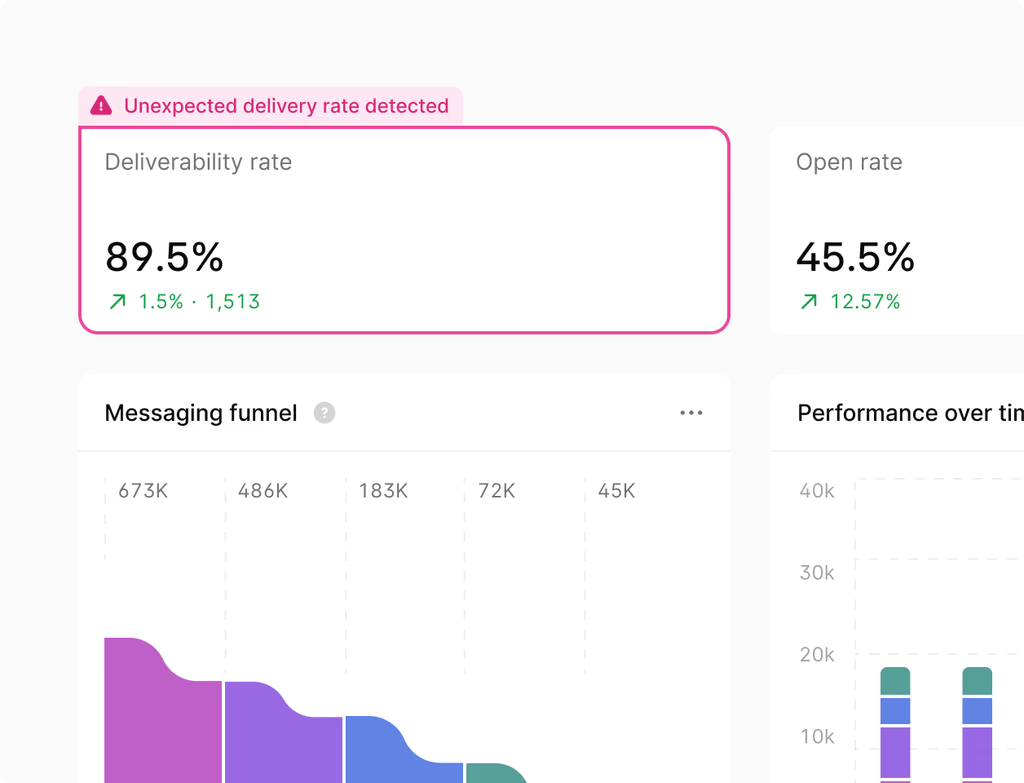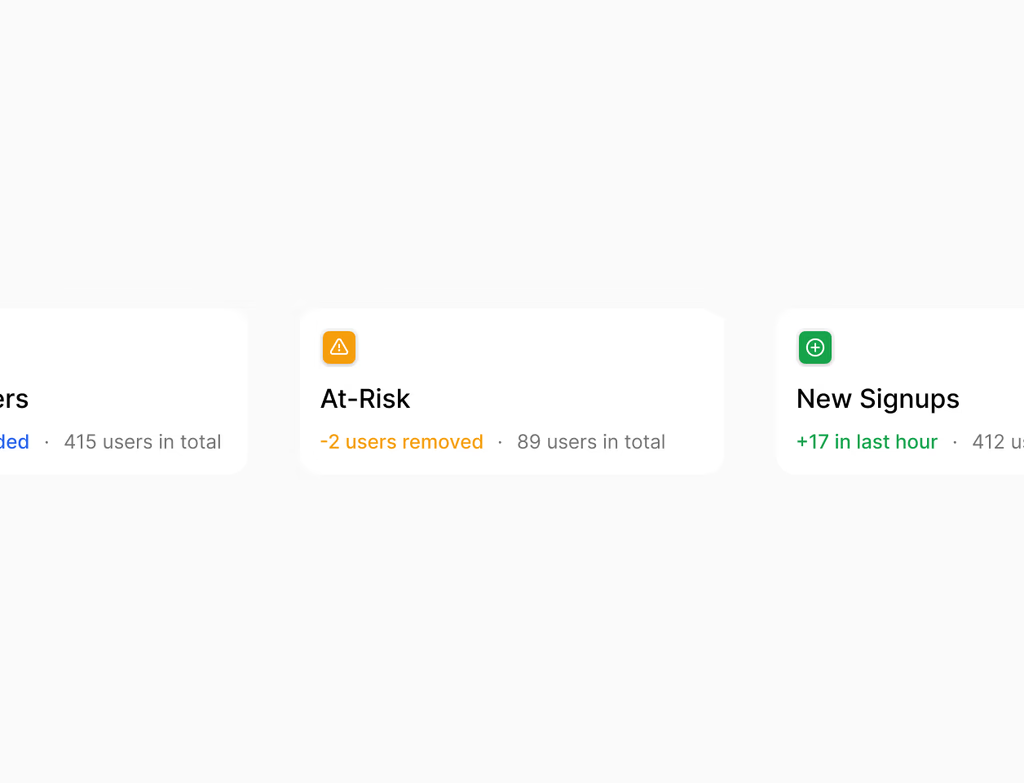What are Service Level Agreements (SLAs) and who benefits from them?
Service Level Agreements, or SLAs, are formal targets for response and resolution times that your support team commits to achieving. They clearly define expectations for customers and provide measurable goals for internal teams. Hoop’s SLA management feature is essential for any business focused on customer satisfaction and operational efficiency, especially those handling high volumes of support tickets across different priority levels.
Key stakeholders who benefit include customer support representatives, who gain clear prioritization guidance; team leaders, who get measurable data for coaching; and customers, who receive predictable service timelines. Implementing SLAs helps prevent missed deadlines and fosters a professional, reliable image for your brand.
How does Hoop SLA management help improve ticket resolution times?
Hoop’s SLA management software significantly improves ticket resolution by automating prioritization, providing real-time visual indicators, and triggering smart escalations. It moves beyond manual triage by applying consistent rules based on ticket properties, such as priority or channel. This ensures that the most urgent tickets are always surfaced and addressed before a breach occurs.
The system also uses automation to keep work flowing. This includes:
- Triggering escalations and reassignments when deadlines approach.
- Sending breach prevention alerts directly to reps.
- Automating notifications to involved parties.
By defining targets like “time to first response” and “time to close,” your team focuses effort where it matters most, reducing delays and improving overall on-time resolution rates.
What is the typical setup process for new SLAs in the Hoop platform?
The setup for new SLAs in Hoop Service is designed to be intuitive, allowing teams to operationalize quickly without needing dedicated programmers. The configuration is handled through an easy-to-use interface where you first establish your team’s defined working hours. This crucial step ensures that SLA clocks accurately reflect real availability and do not count time outside of business operations.
Next, you define the core commitments and apply them using conditional rules. This setup process includes:
- Setting specific “time to first response” and “time to close” metrics.
- Applying different targets based on properties like ticket priority or communication channel.
- Configuring automated workflows to trigger actions based on SLA status.
Most teams can move from setup to operational use within weeks, seeing immediate benefits from clearer priorities and defined expectations.
Which pricing plans include access to the SLA management feature?
SLA management is a premium feature available across multiple tiers of Hoop Service to match varying team requirements. This functionality is included in the Core, Pro, and Enterprise editions of the platform. The pricing structure varies depending on the edition chosen, reflecting the different scales and needs of teams, from small, growing operations to large enterprise environments.
Choosing the appropriate tier ensures you have access to the full range of automation, reporting, and customization features necessary for robust SLA enforcement. The comprehensive reporting features, which track attainment by channel, inbox, and individual rep, are instrumental in driving continuous improvement regardless of the plan you select.
Can I apply different SLA targets based on specific ticket properties?
Yes, one of the key strengths of Hoop’s SLA management is its flexibility in applying variable targets. You can establish distinct response and resolution times for tickets by basing the rules on various properties. This prevents a one-size-fits-all approach, recognizing that a critical issue requires a faster commitment than a general inquiry.
Specifically, you can define and apply different SLA targets based on:
- The assigned priority level of the ticket (e.g., critical, high, medium).
- The channel through which the customer contacted you (e.g., email, chat, social).
- Other custom ticket properties defined within the Hoop platform.
This granular control ensures that resources are allocated efficiently and that customers receive appropriate levels of service based on the urgency and nature of their request.
What security and data handling measures protect my SLA performance data?
The Hoop platform prioritizes security and confidentiality for all customer and operational data, including sensitive SLA performance metrics. All data related to SLA attainment, response times, and resolution logs are stored securely using industry-standard encryption protocols, both in transit and at rest. Access to these performance reports is strictly managed via role-based access control (RBAC), ensuring that only authorized managers and leaders can view detailed attainment reports or make configuration changes.
Hoop maintains a full audit log of all changes to SLA settings and associated workflows, providing transparency and accountability for compliance purposes. The platform’s robust infrastructure is designed to protect customer privacy while providing leaders with the crucial metrics needed to coach teams and continuously refine service delivery processes.
How does SLA management compare to manual ticket prioritization methods?
SLA management provides significant advantages over manual ticket prioritization, transforming service operations from reactive to proactive. Manual methods are often inconsistent, prone to human error, and lack real-time accountability, which can lead to missed deadlines and representative burnout. In contrast, automated SLAs provide a standardized, objective framework for ticket handling.
Key differences include:
- Consistency: Automated SLAs apply consistent rules across all channels, eliminating guesswork.
- Real-time Status: Reps see a visual, real-time indicator of time remaining, spotting at-risk tickets instantly.
- Escalation: Automated workflows ensure tickets move to the correct team or manager if a deadline is approaching.
- Reporting: Detailed reports track attainment across the team, providing data for process improvement, which is impossible with manual tracking.
Implementing Hoop SLA management ensures that your team focuses efforts on the next best action, consistently meeting customer expectations with measurable results.



.avif)





